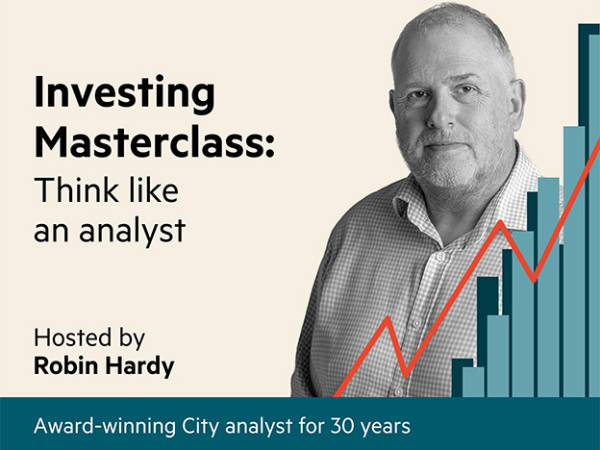Key Points:
- Should you buy equities, bonds or any other assets?
- Understanding various asset classes can help you make better investment decisions
Picking the correct assets is considered one of the most important factors in determining long-term results from investment portfolios.
Investors should spread their money across multiple asset classes to reduce the risk if one of the types of investment falls upon hard-times. Different assets tend not to work in lock-step with one another – when one is weak, another might be performing well.
Our guide runs you through the main asset classes.
Equities
Investing in equities is buying a share in the ownership of companies and the profits they make. This can be done either by investing directly in specific companies or via funds, where many investors’ money is pooled together and invested in multiple companies.
When you invest in equities, you share in the success (or challenges) of that company. Your returns can come either in the form of capital gains (an increase in the value of your holding) or income (some companies return excess profits to their shareholders in the form of dividends).
This asset class will generate strong returns when times are good but in a long bear market (a period when the trajectory of share prices is down) your portfolio value can stay below its previous peak for a while.
Direct Equity Investment (investing in companies)
When you buy a share you become a part owner of the equity of a company. Selling shares to investors is a way companies can raise money to fund growth.
Any company can issue shares, but most investors only have easy access to the shares of companies which are listed on stock exchanges, and are usually referred to as ‘public’ companies.
Funds
Funds pool many investors’ money which is collectively invested into multiple assets. They therefore allow investors to access a broad number of equities, which is important for diversification.
There are multiple options for picking funds. Investment trusts or exchange traded funds are closed-ended, meaning there are a specific number of shares which investors can buy and, just like the companies in which they invest, these shares are listed on the stock market. Open-ended funds can take on as much or as little investment as they want. They are not listed, but have customers on whose behalf fund managers select specific investments.
Investors can also select between actively managed or passive funds. In the former, the fund managers research and select investments, the latter simply track the performance of an index and are therefore much cheaper.
You can find out more about specific types on funds in our various guides:
The IC guide to Exchange Traded Funds
Our comprehensive overview of the ultimate passive product
The IC guide to Investment Trusts
Understand how these funds are structured and managed
Fixed income
Mostly referring to sovereign bonds (money borrowed by countries) and corporate bonds (money borrowed by companies), fixed income is so-called because the borrower pays regular payments to bondholders.
These payments don’t change over the life of the bond and when it matures, the bondholder also receives their original investment back. Bonds are traded between investors after they’ve been issued, so part of the returns bond funds make is down to fluctuations in bond prices on the secondary market.
Government bonds are a haven when stock markets sell off, in the past the increase in the price of the safest government bonds have off-set losses for the stock market. Corporate bonds can also behave differently to shares, which also balances equity risk in the portfolio. Investors should be aware these correlations could change and are unlikely to be as strong as they were in the past.
With interest rates so low, generating income from a portfolio is one of the great challenges for modern investors. Yields on safe government bonds range from negative to negligible in real terms (after inflation), which means bond investors have been forced to invest in riskier corporate credit.
Furthermore, the pitfalls of relying on dividends from shares have been brutally exposed in the savage recession caused by lockdowns to fight coronavirus. Unlike bond coupons, dividends to shareholders can be cut, a fact many investors have been painfully reminded of this year.
You can read more about investing for income in our comprehensive guide.
Other
This category can include different types of asset, including property and commodities, or it can refer to sub-types of equity investment including in unlisted companies.
Some investments like private equity (companies whose shares are not listed on public markets), specialist real estate (like warehouses used by big mail order services) or private infrastructure (like toll roads or some countries’ digital infrastructure) are only accessible to private investors by buying shares in investment companies on the stock market.
As well as these niche equity investments, the ‘other’ category will cover holdings in precious metals like gold and silver; and could also include investments tracking the price of other commodities, cryptocurrencies or any other asset people speculate on.
Alternative investments are varied and often volatile, but they can produce periods of strong performance. Furthermore, they often behave differently to ordinary shares and bonds, so help to diversify risk.









